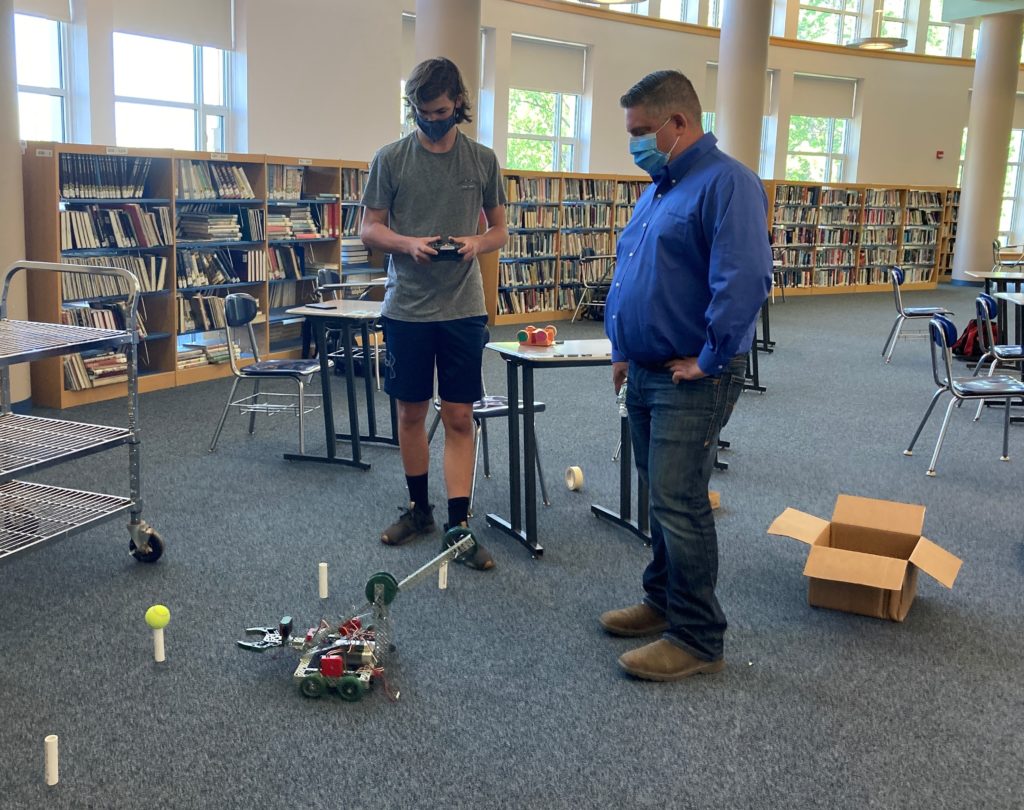MEDWAY — Principal John Murray, science and engineering teacher Jon Jasinski, and curriculum and instruction leader Leslie Knight are pleased to share that students in various engineering classes had the opportunity to showcase their hard work on several projects during an Engineering Showcase on Thursday, May 27.
Exelon Generation’s Northeast Region General Manager Archie Gleason, Communications Manager Mark Rodgers and West Medway Generating Station Shift Manager Bobbie Sterne, as well as Claire Sullivan of Mass STEM Hub, visited the school on Thursday to view student projects. Exelon Generation is a frequent donor to the district’s STEM programs and Mass STEM Hub supports STEM learning around the Commonwealth.
“Both Exelon Generation and Mass STEM Hub provide our STEM program here at Medway High School with so much support and we are always pleased to have them visit to see how that support continues to benefit our students,” Principal Murray said. “Our students learn so much doing these projects throughout the year, and we are thrilled to see their passion and talents come through their work at a year-end event like this.”
About a dozen projects were set up Thursday in the high school’s library for guests from Exelon Generation, Mass STEM Hub and district administration to view. The students who worked on each project presented their projects to guests and answered questions about their process and final product.
The displayed projects represented the Principles of Engineering, Civil Engineering and Architecture, Robotics and Physics classes. On display were various warehouse renovation projects; autonomous, line tracking and remote controlled robots; and a wind turbine experiment. The equipment, sensors and collection device for the wind turbine project was purchased with the latest grant from Exelon Generation.
A total of four groups of students also presented their Capstone projects to guests. Through a “Shark Tank” style format, students presented their projects as if they were convincing the judges — Gleason, Rodgers, Sterne, Sullivan, Superintendent Armand Pires and Principal Murray — to invest in their project.
Each group of students explained their problem statement, previously existing solutions to address the problem, their research and the possible solutions they identified. They also presented their process designing and creating the chosen solution, their final prototype and an analysis of what worked well or what could be improved in the future. Following their presentation, they answered questions from the judges and fellow students. The project presentations were the culmination of a school year’s worth of work.
Max Hundertmark, Troy Newman and Zaid Bhatti addressed the problem of students’ backpacks being too heavy and putting too much force on the student’s spine. Their ultimate product was a shallow box they constructed to be secured around a student’s waist to provide support underneath the backpack.
Connor McCaul and Andrew Faichney created a fire-fighting drone to address the problem of firefighter overexertion. Their final product was a drone with a fire extinguisher attached to the bottom. The drone is meant to be used to help put out a small fire and keep it from spreading before firefighters respond, thereby limiting damage and risk to firefighters.
William Miller created a disinfectant box to address the problem of shared classroom supplies during the COVID-19 pandemic. His product was a box with disinfectant attached to the back that teachers could use to disinfect larger quantities of classroom supplies at once rather than spray or wipe down supplies individually.
Will Came and Sean McLaughlin created a more user-friendly and reliable bike lock to provide an easier tool for bicyclists to lock their bikes. Their resulting product was a chain-link format that was durable and difficult to break, yet easy for the user to lock and unlock.
Following the presentations, the judges submitted their investment choices. The bike lock project was allocated the most investment dollars while the fire-fighting drone came in second place. The students of both projects received a certificate to recognize their achievement along with a gift card to Muffin House.
“The research, brainstorming, planning, building and evaluating that students do as part of their projects is real-world, valuable experience that is incredibly important to science, engineering and technology education,” Jasinski said. “Our students spend months working on their projects, and I hope they are all proud of their accomplishments this year.”
###










